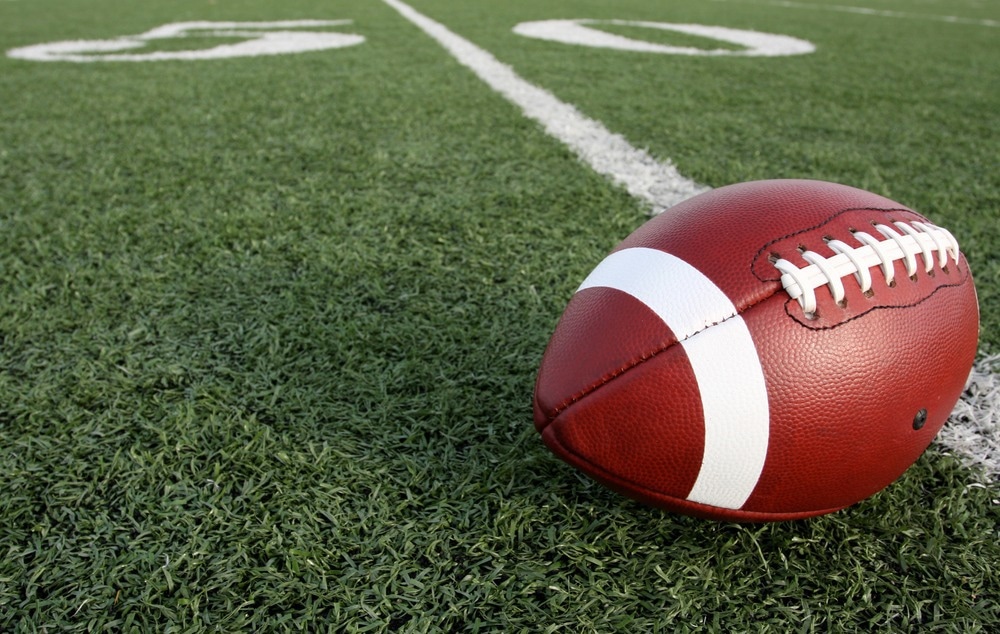A recent study published in JAMA Network Open evaluated whether National Football League (NFL) attendance was associated with a higher incidence of coronavirus disease 2019 (COVID-19) cases.

Background
When the NFL announced playing an entire season in 2020, some deemed the decision lacked consideration of the well-being and health of players, spectators, coaches, and staff members, while others wanted live matches back as a respite from the anxiety and stress due to the COVID-19 pandemic. The NFL implemented prevention, mitigation, and surveillance strategies, including continuous viral testing and contact tracing. Seemingly, the NFL maintained relatively low infection rates among staff and players and completed the season without cancellations and serious problems.
Twenty NFL teams allowed varying numbers of spectators to attend some or all home matches during the 2020-21 NFL season. There are limited studies evaluating the association between COVID-19 and in-person sporting events. For instance, one study using mathematical models predicted that attending sporting events in person could elevate the incidence of COVID-19 to 822% across a college campus. Likewise, another study reported the association between the number of football matches played and increased COVID-19 incidence at universities/colleges.
About the study
In the present study, researchers assessed the associations between in-person attendance of NFL games and local COVID-19 transmission. They obtained data on US county-level daily cumulative COVID-19 cases from March 11, 2020, to March 1, 2021. Population data for 219 counties with an NFL stadium or those surrounding them were assembled using estimates from the 2019 US census.
COVID-19 rates were calculated according to the current practice using the daily number of COVID-19 cases per 100,000 people for a county or a group of counties. Data on dates, locations, and attendance of 269 NFL games were accessed from Entertainment and Sports Network (ESPN). Of these, 117 games attended by fans were assigned to the exposed group and the remaining (games) to the unexposed group. Match attendance varied between 748 and 31,700 individuals.
The authors applied a three-stage strategy for analysis. A low-pass filter approach was adopted initially that required permutations of 7-, 14-, and 21-day simple moving averages (SMAs) to be generated for counties hosting NFL teams, the surrounding counties where fans likely live, and a pooled series for host counties and those surrounding them.
The second stage leveraged the dates and locations of games to set up three temporal windows (7-, 14-, and 21-day windows) per game and capture outliers during the period from SARS-CoV-2 exposure to symptom onset and the official case recording after games. The final step used the Poisson exact approach to test whether fan presence at NFL games was linked to increased COVID-19 cases and case rates in counties hosting the game and surrounding counties.
Findings
For 269 NFL games, 3,456-time series were generated to capture the trend and volatility associated with COVID-19 incidence and rates in counties with NFL stadiums and those surrounding them. These time series were leveraged to evaluate whether the increased incidence of COVID-19 cases and rates occurred in counties where fans attended the NFL games. The results from different outlier detection strategies supported that fan presence in NFL games was associated with episodic spikes in COVID-19 cases and rates.
Similarly, there was evidence supporting an increased number of spikes in COVID-19 cases associated with fan-attended matches in surrounding counties. Results of the overall (pooled) counties were comparable to in-county and contiguous counties analyses. The authors observed a noticeable absence of differences in outlier detection between exposed and unexposed groups for the immediate seven-day temporal window following the games.
Nevertheless, (most) tests that used 14-day and 21-day SMAs indicated a significant increase in the incidence of spikes in COVID-19 cases and rates associated with the exposed group in counties where NFL games were played and those surrounding them. Further, NFL games with < 5000 fans attending were not associated with spikes in COVID-19 cases or rates. In contrast, games with > 20,000 fans attending were associated with spikes in COVID-19 cases in counties where the games were played.
Conclusions
In summary, the researchers found little evidence of spikes in COVID-19 incidence in the first seven days after the game, but the findings were striking for the 14- and 21-day post-game temporal windows. Fan-attended games had much higher rates of COVID-19 spikes compared to those without fans.
Specifically, NFL games with fewer than 5,000 spectators posed less risk, whereas those with more than 20,000 fans posed a significantly greater risk, suggesting that events with large crowds should be cautiously handled where in situ testing, vaccines, and medical countermeasures are not readily available. .
.